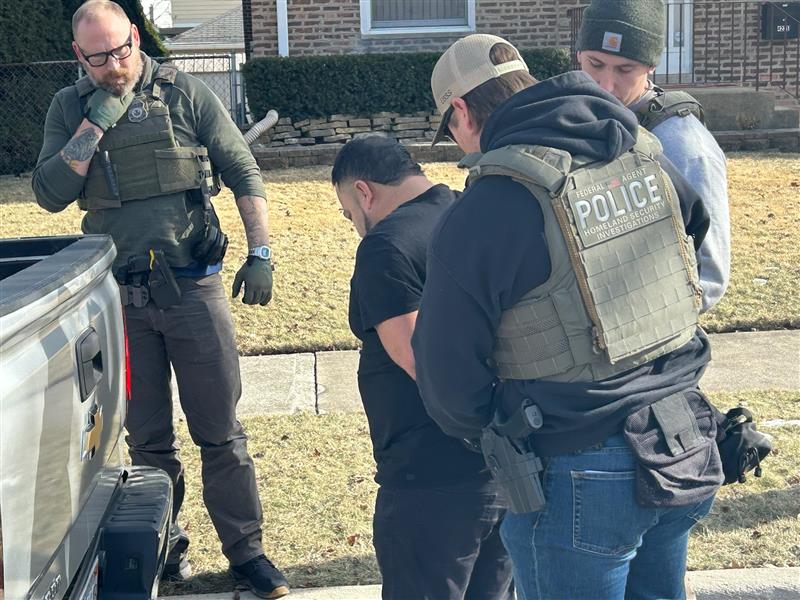Have a story idea
Have a story idea? Send it to us here.

Source : Wikimedia
July 14, 2025
Author : Patty Allen and Alex Bustillos
An escalating tide of Trump-era immigration crackdowns is creating shockwaves across the U.S. construction sector, already reeling from a long-documented shortage of labor.
With increased government enforcement efforts at deporting undocumented migrants who reside illegally in the country, builders from coast to coast are preparing for workforce disruptions that could slow down various infrastructure and housing projects.
Undocumented workers comprise a large percentage of the industry workforce. The industry has traditionally relied on immigrant workers, especially for hard-to-fill and physically demanding positions in framing, roofing, concrete, asphalt, and drywall trades. In many border states it has for years been common, for instance, for small contractors to drive by locations where undocumented workers congregate to find cheap labor to utilize for the day.
Undocumented workers from Mexico and Central America are especially common at construction sites in many parts of the country. The Trump administration and Congress are set to put unprecedented funding into mass deportation.
Vehicles of the United States Immigration and Customs Enforcement, or ICE, have become common across many parts of the country, as masked officers search for undocumented migrants.
Large protests against the deportations are happening daily in Los Angeles, New York, and other regions.
Industry officials caution that large-scale workplace raids or E-Verify requirements could reduce an already tight labor supply. The North Dakota Monitor illustrates how any increased deportation efforts will eventually center on construction work sites, where undocumented workers are common, and as documentation at work sites is inconsistent.
Migrant workers, some of whom have spent decades in the trade, are growing increasingly reluctant to report for work. This is damaging productivity and discouraging new recruits, particularly younger, illegal laborers entering the industry.
Under its own projections, the NABH study estimates the current labor shortage is already undersupplying the U.S. construction industry by hundreds of thousands of workers to fill the demand already present. The same study warns that the housing market would be in trouble if the labor shortage worsens, which could slow the pace of new home delivery and drive prices even higher.
Meanwhile, the increase in the pace of immigration enforcement efforts, most prominently in Texas, Florida, and parts of the Midwest, has created widespread fear across construction job sites.
Job abandonment and workers migrating to other states are reportedly taking place. Political forces are also putting additional pressure. As immigration policy has changed with the new administration, contractors once again struggle with uncertainty regarding enforcement and labor availability.
According to Contractor News recently, public works and government-funded construction could be particularly at risk if tougher deportation policies and mandatory verification programs are extended throughout President Trump's current term.
Contractors, trade associations, and unions urge policymakers to take a balanced path, one that emphasizes immigration enforcement but permits the construction industry to meet labor demands.
Solutions on the table include ramping up guest worker programs, speeding up lawful channels for skilled tradesmen, and offering protections for longtime undocumented immigrants with exemplary records. With immigration raids accelerating, construction executives warn that construction work sites and the economy overall could be harmed in the process.
Category : Federal Government Labor Market Watch
